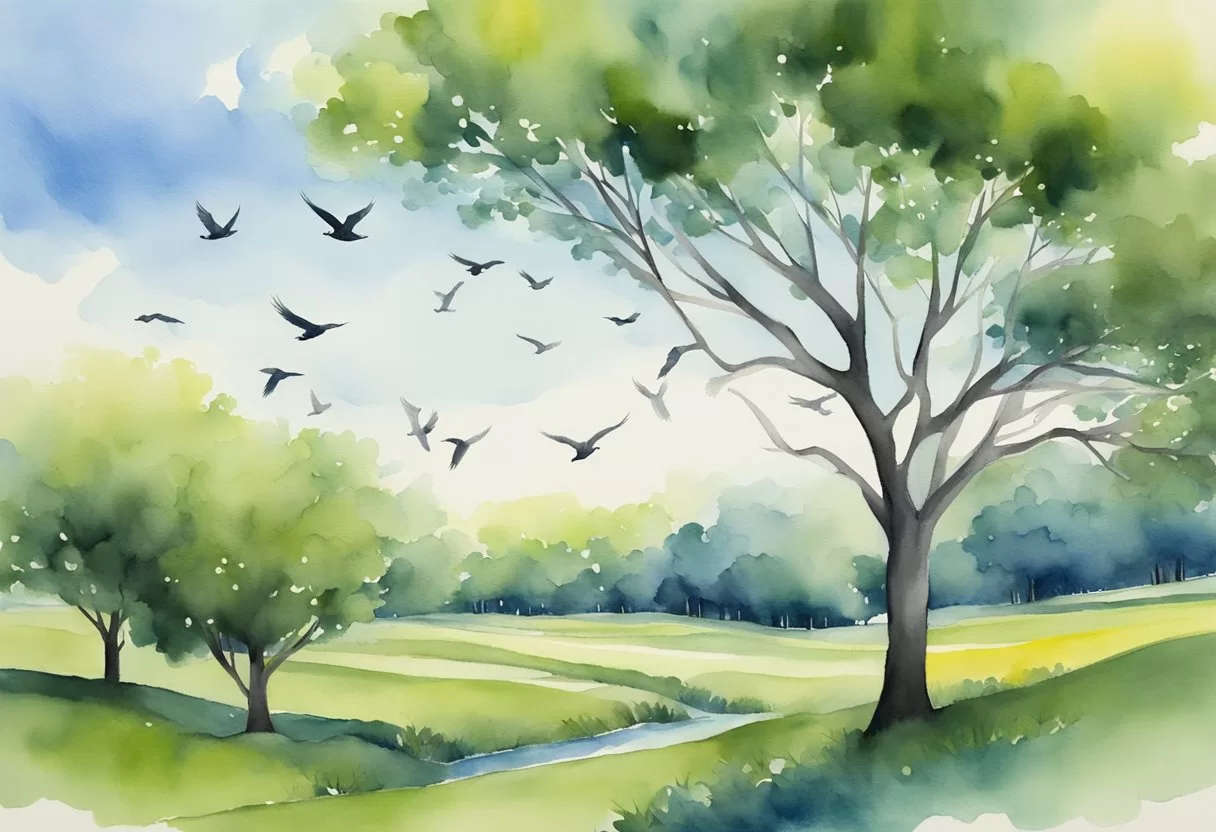Essential Gear and Camera Settings for Photographing Birds in Flight
Capturing sharp images of birds in flight requires precise equipment choices and camera adjustments. Key factors include selecting lenses with appropriate reach and speed, mastering shutter speed and aperture balance for motion clarity, and using autofocus and shooting modes that track fast-moving subjects smoothly.
Choosing the Right Telephoto Lens
A telephoto lens of at least 300mm is essential to fill the frame and capture detail from a distance without disturbing the birds. Lenses with fast maximum apertures like f/4 allow more light, which helps maintain faster shutter speeds in varied lighting conditions.
For tighter framing, a 400mm lens provides added reach but may require a monopod or tripod to stabilize the weight. Using a teleconverter can extend focal length but might reduce maximum aperture, potentially requiring ISO adjustments to compensate.
A lightweight lens with image stabilization is preferable for handheld shooting to reduce blur. Popular choices among bird photographers include high-quality lenses compatible with digital SLR cameras like the Canon 7D or Canon 1D Mark IV.
Optimal Shutter Speed and Aperture Settings
A fast shutter speed is critical to freeze wing motion—typically 1/2000 second or faster. If light conditions are limited, raising ISO values to maintain this speed is acceptable to avoid motion blur.
Shooting in aperture priority mode offers balance control. Apertures of f/4 to f/8 provide a good depth of field while keeping the lens wide enough for light intake. Smaller apertures can increase depth of field but require slower shutter speeds, risking blur.
Adjustments depend on the bird’s flight speed and background. For slower flyers or hovering birds, shutter speeds around 1/1000 second may suffice. Always aim to maintain sharp focus while preserving image quality.
Utilizing Continuous Shooting and Servo AF Modes
Continuous shooting mode, or high frame rate burst mode, increases the chance of capturing peak wing positions and sharp focus. Modern high-speed digital SLR cameras can shoot 7-10 frames per second or more, making it easier to get the perfect shot in fast action.
Servo autofocus (AI Servo AF in Canon models) tracks moving subjects by continuously adjusting focus as the bird moves. This mode outperforms single autofocus points when photographing unpredictable flight paths.
Combining continuous drive mode with servo AF allows the camera to maintain focus during rapid bursts. Setting autofocus points to a single, precise spot helps with focus accuracy on larger birds visible in the frame. This setup is standard for serious bird photography and effective on cameras like the Canon 1D Mark IV.
Bird Behavior and Field Techniques During May Migration
Photographers must understand bird behavior during migration and apply precise field techniques for successful flight shots. Recognizing when and where birds like warblers or bald eagles appear allows for better positioning. Approaching birds with care reduces disturbance, improving chances of capturing natural flight photos.
Understanding Migration Patterns for Better Flight Shots
Migration timing varies by species, with many warblers, tree swallows, and cedar waxwings passing through in early to mid-May. Large birds such as bald eagles, red-shouldered hawks, and osprey often follow specific flyways near water bodies and ridges.
Birds frequently rest and feed during stopovers, offering opportunities for diverse captures—from soaring black skimmers over water to ground activity of pileated woodpeckers and American robins.
Tracking behavior patterns like feeding, preening, or social interaction helps predict flight direction. Using this knowledge, photographers can prepare camera settings and anticipate fast movements, which requires fast reflexes and strong eye-hand coordination to capture sharp flight shots.
Approaching Birds Without Disturbance
Stealth and patience are essential to avoid startling birds such as roseate spoonbills or great shearwaters during migration. Moving slowly and using natural cover like bushes or trees minimizes detection.
Photographers should maintain a safe distance, especially when working with sensitive species in feeding or resting phases. Using telephoto lenses allows capturing detailed images without close proximity.
Avoid loud noises and sudden movements. Observing the bird’s behavior before moving helps determine if it is comfortable or agitated. Consistent practice in these techniques can improve success in photographing birds in flight without interruption.
For more detailed methods on approaching and photographing flying birds, see tips for photographing birds in flight.
Best Locations and Post-Processing Tips
Finding ideal birding spots during May migration improves chances of capturing sharp, dynamic flight shots. Choosing reserves with diverse habitats signals more bird activity. After shooting, refining images with targeted edits can strengthen detail and composition.
Top Wildlife Refuges and Birding Hotspots
Key migration sites often include wildlife refuges known for high bird traffic. Ding Darling National Wildlife Refuge on Sanibel Island ranks highly due to its mix of freshwater and coastal environments, attracting a broad range of species.
Other prominent hotspots feature open fields, wetlands, and woodlands where birds rest or feed during migration. Photographers benefit from locations offering clear flight paths and natural perches.
Tips for scouting locations:
- Prioritize refuges with protected habitats
- Observe bird behavior to identify active areas
- Use local birding reports in spring to pinpoint current hotspots
Staying local but flexible helps capture species moving through your region.
Editing Flight Photos for Maximum Impact
Post-processing is essential to enhance bird flight shots without overdoing edits. Adobe Photoshop remains the preferred tool for boosting clarity and color while preserving natural tones.
Start with adjusting exposure and contrast to make the bird stand out against the background. Use selective sharpening on feathers to bring out texture, avoiding noise in the sky.
Cropping tight around the subject eliminates distractions and emphasizes motion. Subtle background blur can be enhanced using Photoshop’s tools to mimic shallow depth of field if needed.
Color correction may counteract harsh lighting; warm tones often work well during early morning shoots. Ensure the bird’s eye is sharp and bright, as it draws viewer focus.
These adjustments help transform technically good shots into visually compelling images. For more editing strategies, see detailed guides on enhancing bird flight photography.
Share this content:

Post Comment
You must be logged in to post a comment.